-
CreatorTopic
-
02/07/2017 at 5:36 am #6578
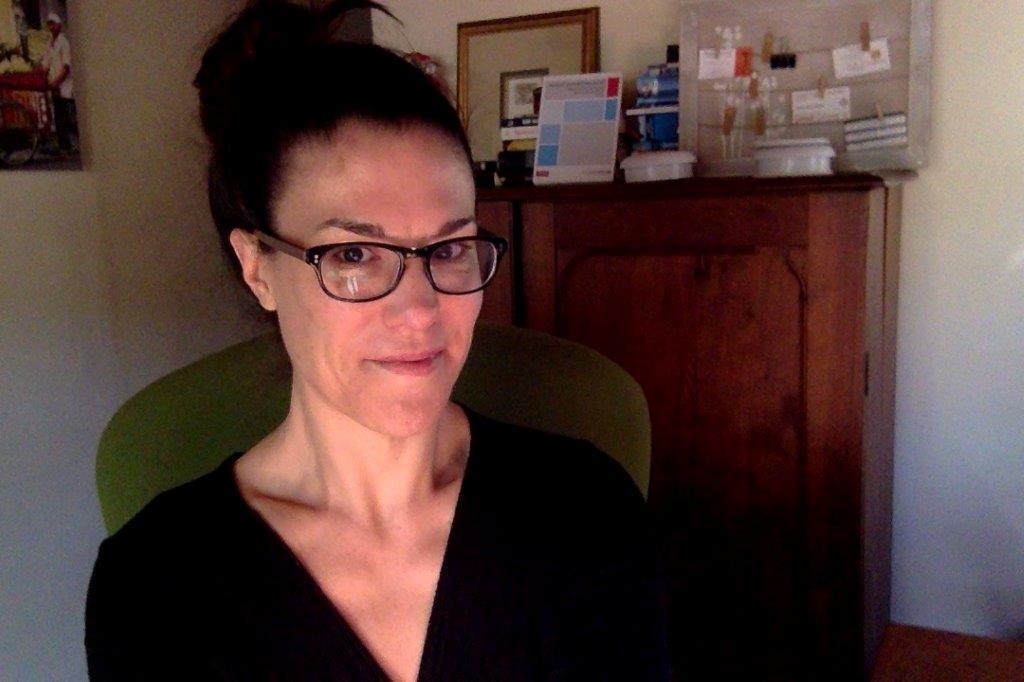 AnneMember
AnneMemberHow does your team ensure community stakeholder understanding, buy-in and support for the overall goal of your engagement program? What are you doing well? What can be improved?
-
CreatorTopic
-
AuthorReplies
-
-
03/29/2017 at 8:02 pm #6915
 OrobosaMember
OrobosaMemberStakeholders understanding and support is ensured by identifying key influencers in the community who can help drive the overall goal of the research. Also, involving them in decision making gives a sense of ownership of the research, thus encourages their participation. We are doing well in identifying key influencial stakeholders. However, major short comings are in sustaining their involvement. Over time begin to have reduced interest. I think continuous and sustained follow up can help overcome this challenges.
-
03/28/2017 at 12:44 pm #6886
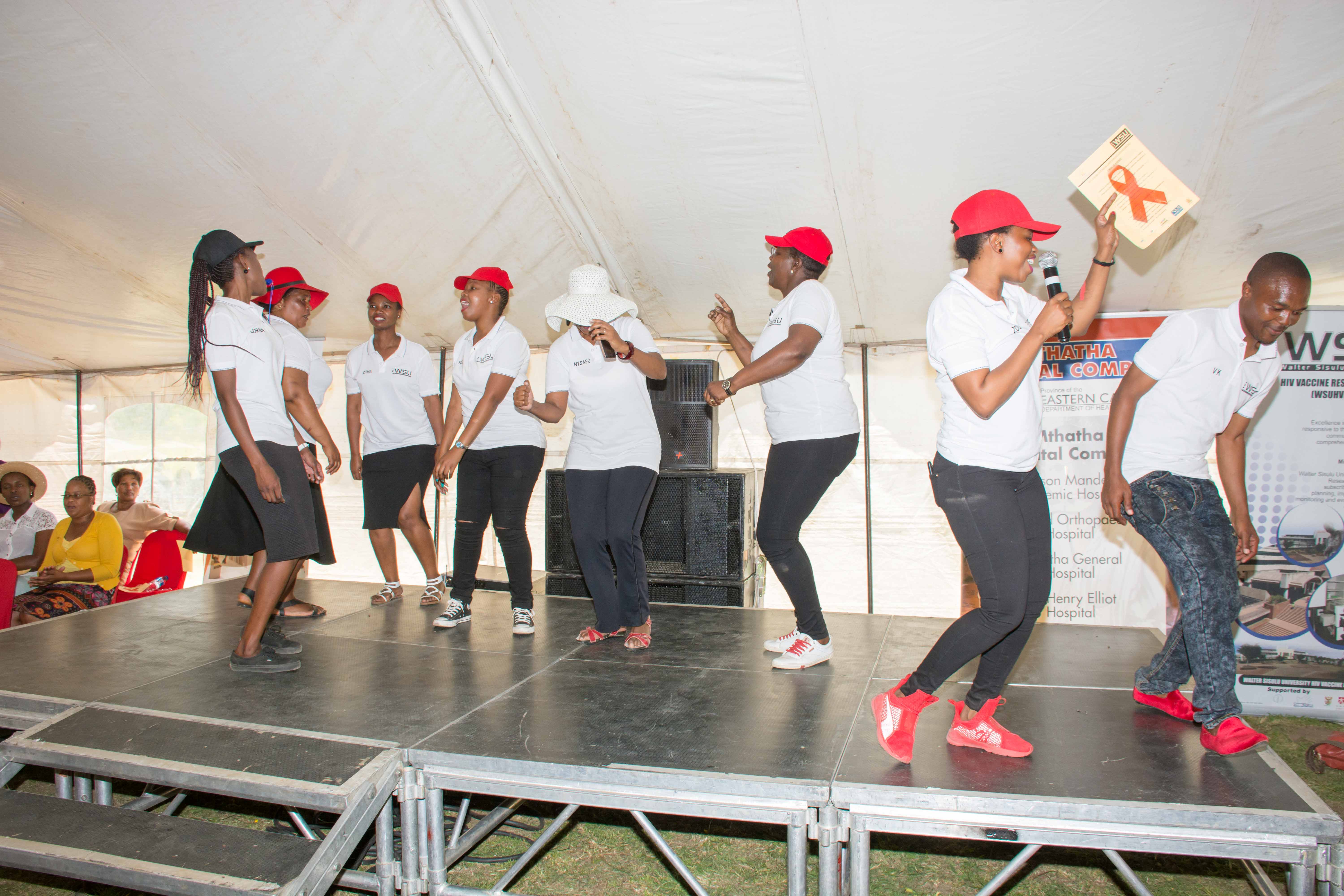 ZolekaMember
ZolekaMemberMost of the staff members are new in the field of research in my site,but the Lab Manager really helps me in many things.At times its difficult to even get the PI understand the importance of the Community Members but I have done a wonderful job because now she is able to even attend out Community meetings and Community events.
-
03/15/2017 at 5:16 pm #6829
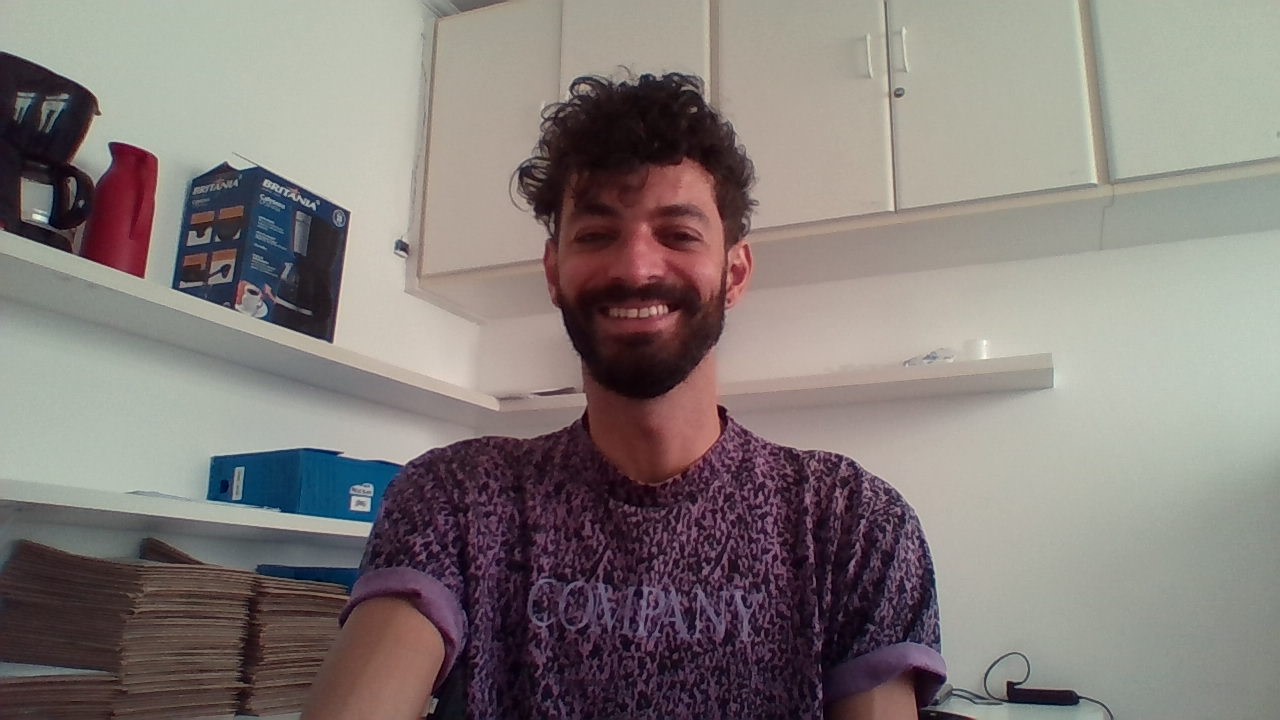 CaruéMember
CaruéMemberApart our CAB, we did meetings with some relevant stakeholders, presenting the study, what was a first step to identify how to reach community organizations and health care providers. We also organized community events on HIV, in which we didn’t adressed the study directly, since it was not yet approved by our IRB, but that were a step towards being recognized among community.
Next step is to organize community forums, in spaces we identified in the preliminary meetings, in order to reach a wider range of stakeholders in LGBT community, to explain them about the aims of the study and possible benefits or burdens for community. That will probably lead to a wider process of stakeholders identification, what will help us to decide how to carry on future steps on consultation, educational, communication and recruitment strategies.
In parallel, we will produce material on research literacy and HIV prevention, develop our channels of online communication and keep media informed about the process. -
02/27/2017 at 9:13 am #6754
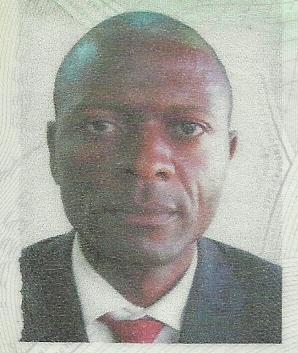 MauriceMember
MauriceMember1.We are doing PMTCT, which requires us to train, retrain CAB or CAG members on modules and topics related to HIV and AIDS, HIV prevention, Stigma and Discrimina, etc. We educate direct and indirect beneficiaries and all other stakeholders in all the sites of our projects.
– We work with laboratories during voluntary screening, which is an opportunity for blood sampling for scientific research as well as the transfer of data obtained to the hierarchy in real time.
2. There is enough to improve in our work, including:
– Struggle to get patients out of hiding (new and old);
– Fight for zero stigma and discrimina;
– Direct patients to treatment, medical, psychosocial, nutritional and other care;
– Make patients adhere to this package of services that are in their interest;
– Have regular and powerful donors and not those who abandon partners and patients 3-4 years without financial, material and social support!
– Look for all those lost to follow-up who are currently in a state of fall in the disease;
– make active the committee or section of research on HIV and AIDS; And motivate them;
– Availability of ARVs at our level without dependence on health zones; Hospitals and public health posts with insufficient stock;
– Everything is about means, availability, will, commitment, dedication, etc. -
02/24/2017 at 2:38 pm #6745
JOYCE
MemberJoyce
February 24, 2017By meeting community stakeholders separately right in their respective areas. This strategy helps to gather more information, we knows which stakeholder have more information about clinical trials and which one doesn’t. The research team will plan well the engagement program to address the knowledge gap according to their understanding. What we need to improve is to engage all the community stakeholders because some were left behind. Sorry for responding late due to other commitments.
-
02/19/2017 at 3:36 am #6696
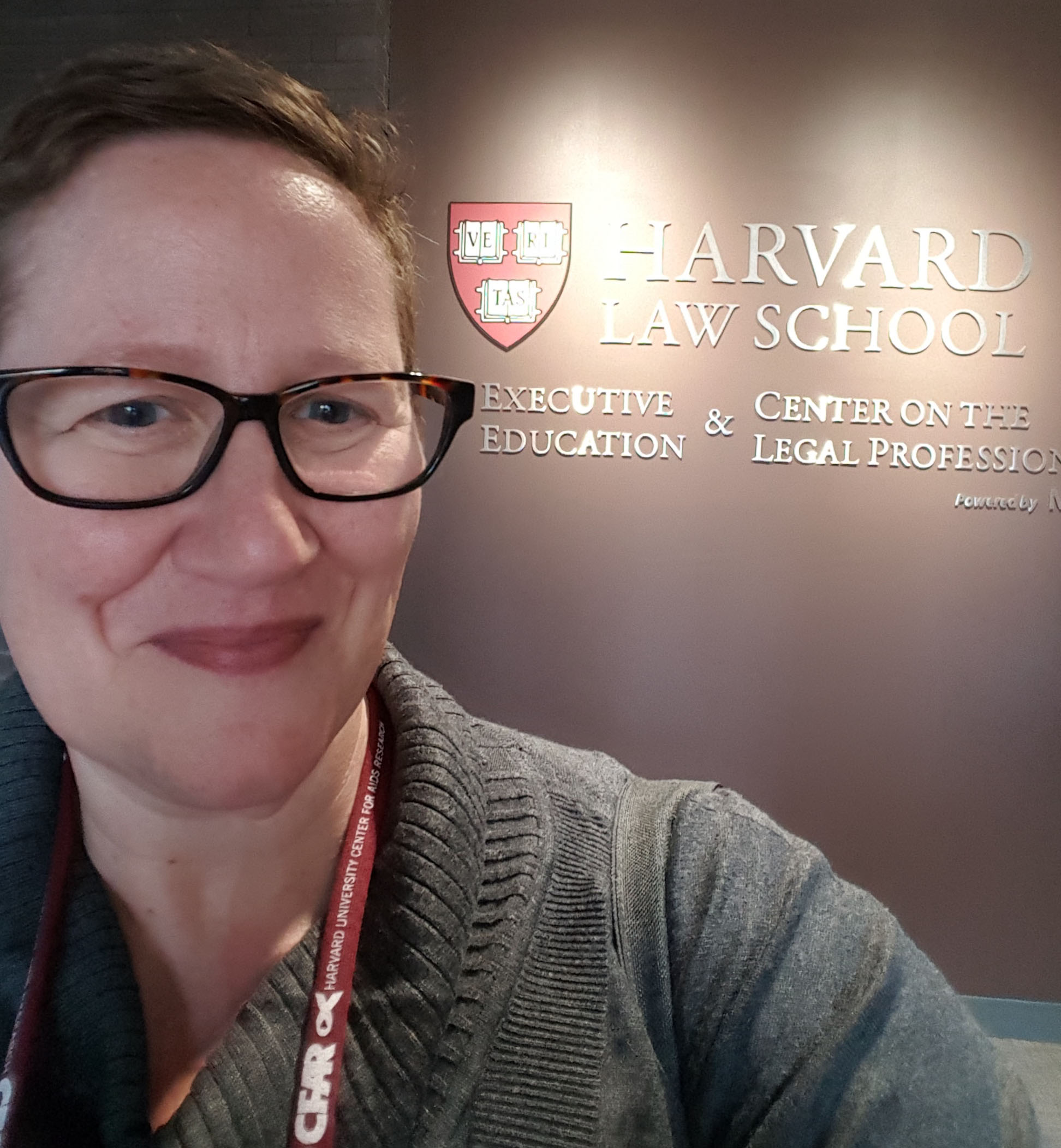 FaithMember
FaithMemberSorry my response is so late. We are currently gathering stakeholders from various CABs throughout our area so that our community stakeholders are able to bring back information to all of the many CABs and discuss what is going on throughout our area. I believe our engagement program does a very good job at listening to individuals throughout the community – especially since we are such a large community with over 13 million people in our area. What we are not as good at is having our investigators, sponsors and funders as engaged as I would like.
-
02/21/2017 at 1:12 am #6706
 JessicaMember
JessicaMemberHi Faith,
This is great! I wonder if you are talking to older groups outside of CABs? CABs are a useful tool. It seems from your wording “stakeholders from various CABs” that you might have a good diversity in your CAB composition. CABs by their nature are limiting. You may want to participate in a CAB, but you can’t make the commitment or the meeting schedules. So it is important to think about gaining feedback from other groups/individuals in the area. I’m interested to hear what other advisory mechanisms your team uses to get input.
As to the investigators being more involved, I’d love to hear what others think. My general take is that there needs to be advisory mechanisms that get them involved. For instance, a science cafe where a researcher can talk to the community about a particular project or research agenda. You may also need to demonstrate the value of engagement to them. This can be done through publications or local events but the best way is to create a monitoring and evaluation strategy for your program.
-
-
02/18/2017 at 5:30 pm #6695
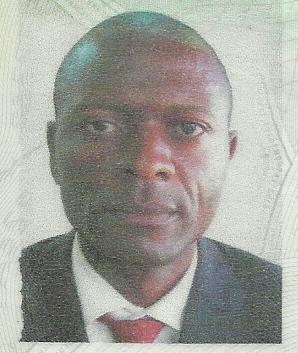 MauriceMember
MauriceMemberIn DRC, my country, the National Gouvernment encourages the research on HIV and AIDS. This approach is offering to the Health public services, Sanitary Departments, privated Scientifcs and young researchers with promise of gratification to those will discover new approach, medication or treatment fo AIDS desaese.
The local communities are engaged wioth effective participatory in the clinical trails, because people wanted to find the positive result on this pandemic which wondered the World. Is the reason for what everyone need to be trained on HIV and AIDS, and each one required to advice other on behaviour sexual activity. My country accept the national and inetrnational guidances on the HIV/AIDS for a good work of research and good result. -
02/17/2017 at 4:27 pm #6690
María del Rosario
MemberPart of the work include to develop a good communication strategy for the different stakeholders we want them to buy in and support our engagement program. In the case of health authorities to develop print resume material of the protocol, addressing national health priorities and face to face meetings. For community stakeholders, include a Community Advisory Board as part of the assessing boards of the research unit; grupal and individual meetings with leaders, develop communication material and use of the social networks. For media: media trainning, interviews, periodical notes. It is important to develop specific products for the stakeholders we consider as the most important.
-
02/17/2017 at 3:48 pm #6688
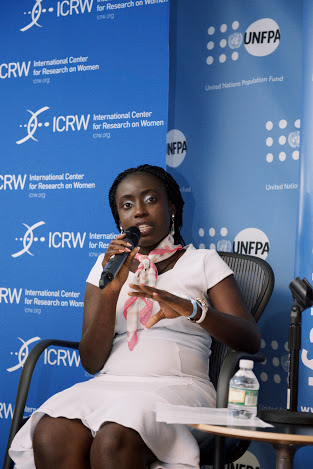 ELIZABETHMember
ELIZABETHMemberThe best way to ensure community stakeholder understanding which is paramount to the overall goal of the engagement program is to organize meetings with the stakeholders where the intention of the research as well as its benefits are brought to the table, they are explained in thorough details and their input as well as suggestions are sought. Questions are also asked and answered. This could be done as many times as possible based on the inherent need for it. This would in a large way ensure that the community stakeholders such as the community leaders, youth leaders and others are all carried along and their wishes are put side by side the overall goal.
-
02/17/2017 at 3:05 pm #6687
 Aisha OluwaseunMember
Aisha OluwaseunMemberThe community stakeholders are part of the planning and implementing process. There is proper communication between the team and the community stakeholders.
-
02/14/2017 at 1:48 pm #6660
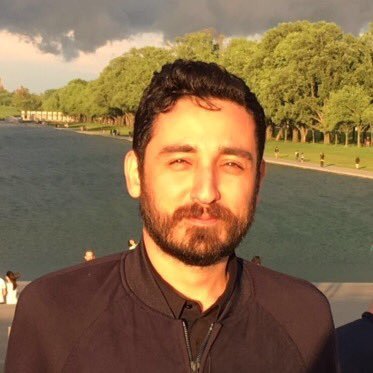 DanielMember
DanielMemberA key challenge to support the overall goal for the engagement program is to keep a continuous relationship with community stakeholders. We try to keep regular meetings and promote recreational and educational activities to support a deep and sustained community engagement. However, communication needs to be improved to balance expectations and boost a positive and proactive feeling among the community stakeholders group.
-
02/14/2017 at 9:47 am #6657
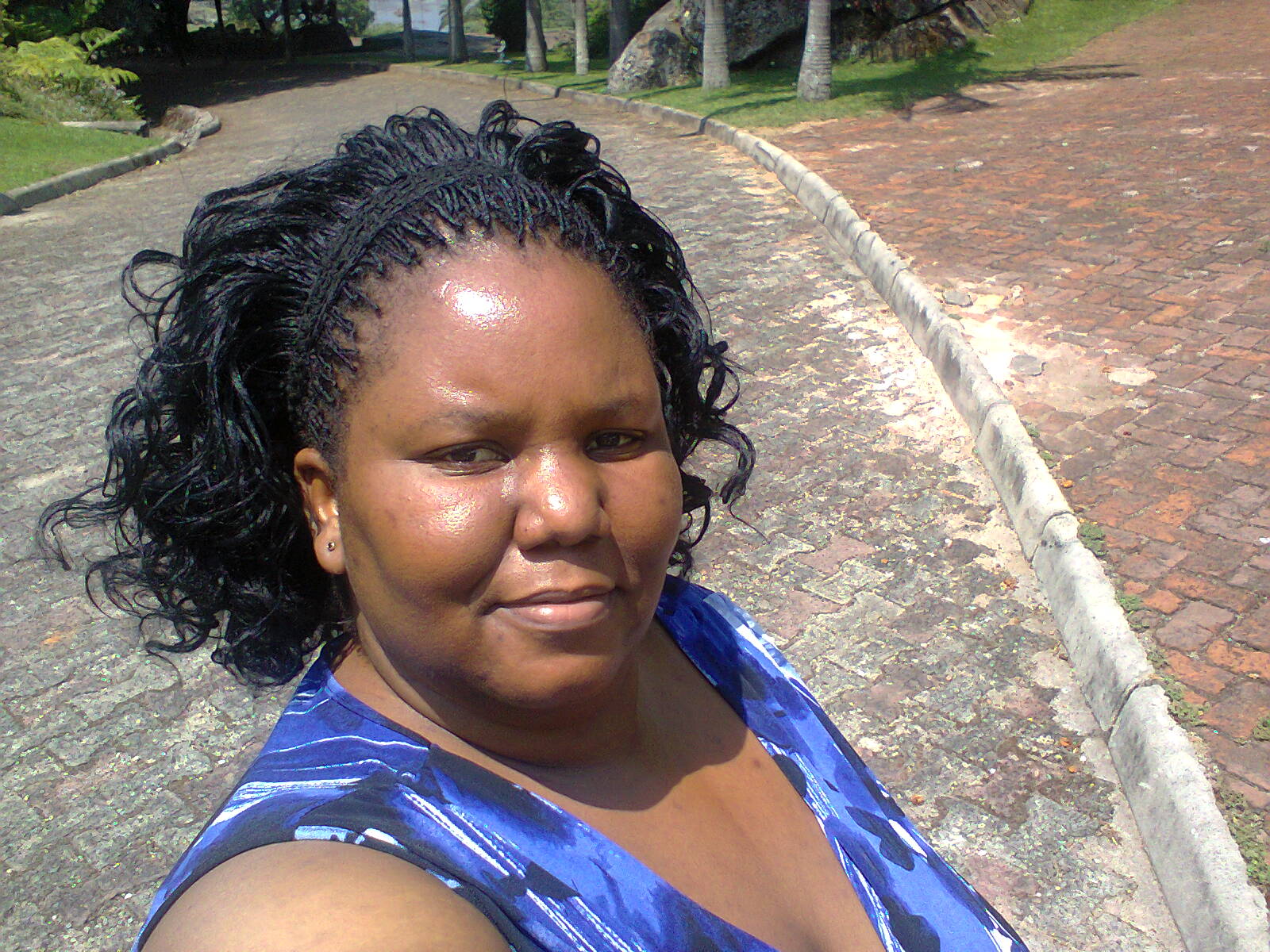 RosemaryMember
RosemaryMemberHow does your team ensure community stakeholder understanding, buy-in and support for the overall goal of your engagement program? What are you doing well? What can be improved?
The team held PRA workshops with the community members and stakeholders before and during the study. We also had bi-annual community feedback workshops. This helped us to have buy-in for our CSE plan. We also acknowledge the assistance we got from the traditional and administrative leaders in the community, they assisted with mobilization and disseminating information to the community members and helped us to form linkages with NGOs, Gvt Dpts that were already working in the area although not doing research.I think we did well in this aspect but we could have had more community feedback meetings like quarterly so that the study remained in touch with the participating villages.
-
02/14/2017 at 8:23 am #6656
 GreerMember
GreerMemberIPM have an overarching framework which guides all of the community engagement activities. Each trial site uses this template to guide the development of their local community engagement plans which covers issues of how to recruit, provide ongoing support and retain participants over time. The plan takes into account previous phases of preparatory research, human rights principles, learnings from similar studies, community feedback and local community service provider knowledge. Additionally certain key groups of community members are singled out to engage e,g, traditional healers, male partners, men in general. Each site will also add on to the prioritised stakeholders to incorporate their local contexts and community influencers. This approach allows for differentiated strategies that can be applied according to local context and allows for ease of decision making, while still adhering to a common goal overall.
-
02/13/2017 at 4:45 pm #6652
 KelvinMember
KelvinMemberAt SATVI, we locate CE across three job positions; namely Clinical Research, Field Site Managment and my domain which is Marketing and Communication. We recognise that CE cannot be just one person’s responsbility, that it should be everyone’s KPA. I would like to develop a mature model of engagement, which is not just a tick box exercise in terms of how many CAB meetings, or stakeholder engagements there were, but also qualitative indicators. I am curious how you can build in a mechanism to tie in formative research in a more structured way, because this is largely a hit and miss affair. Also, sometimes because of academic freedom there are unfortunatle restrictions on the free flow of information. In that many times students do research area, tying into socio-economic issues, which could enrich the clinical research understanding of an area.
How does one firmly root CE within a Clinical Research Site so that it does not remain an event, but is a framework of relationships, expectations, outcome and inputs.
-
03/15/2017 at 5:22 pm #6830
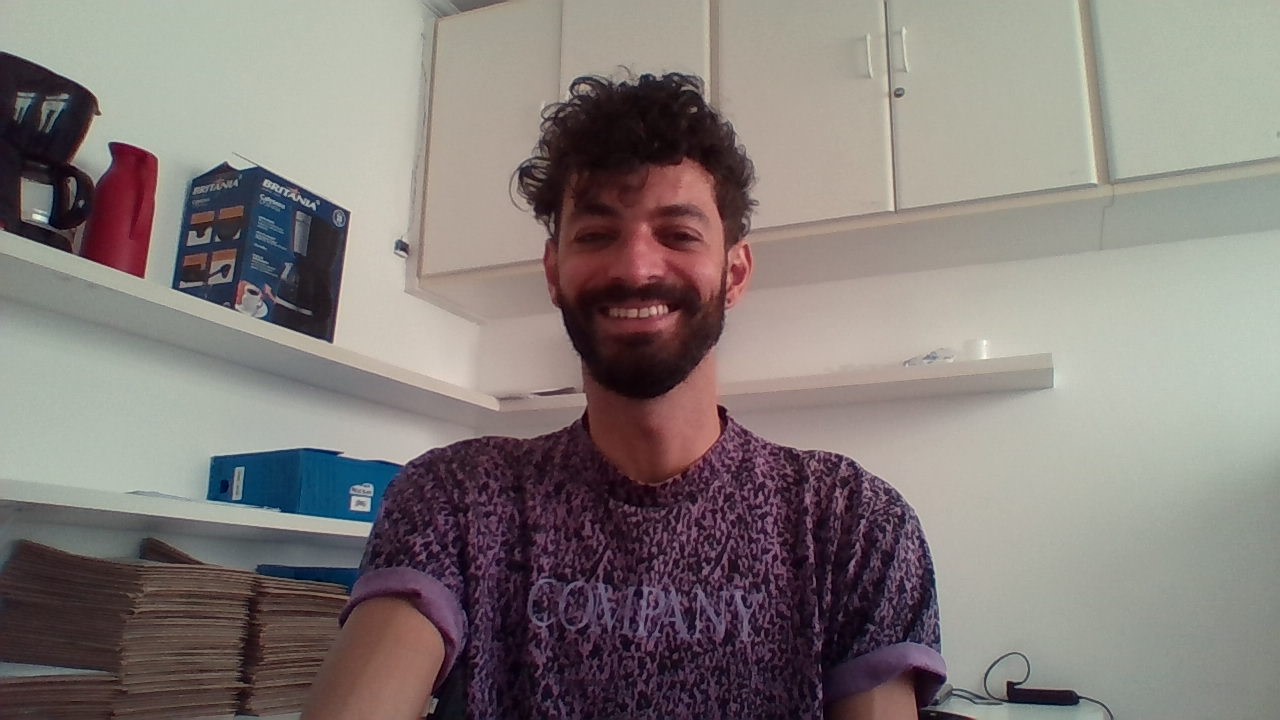 CaruéMember
CaruéMemberIt is good to know how developed CE is at your site. At mine, all functions are developed by me. I order to root CE within my CRS, my main strategies will be keeping a detailed Monitoring & Evaluation process and establishing partnerships with other sectors of my institution (that is the office of HIV programme of the state and a huge clinic itsellf) that are used to community participation, such as Prevention Division or Care Division, in order to establish sinergy, for example, sharing outputs, like the community mapping and stakeholder list.
-
-
02/11/2017 at 12:22 am #6630
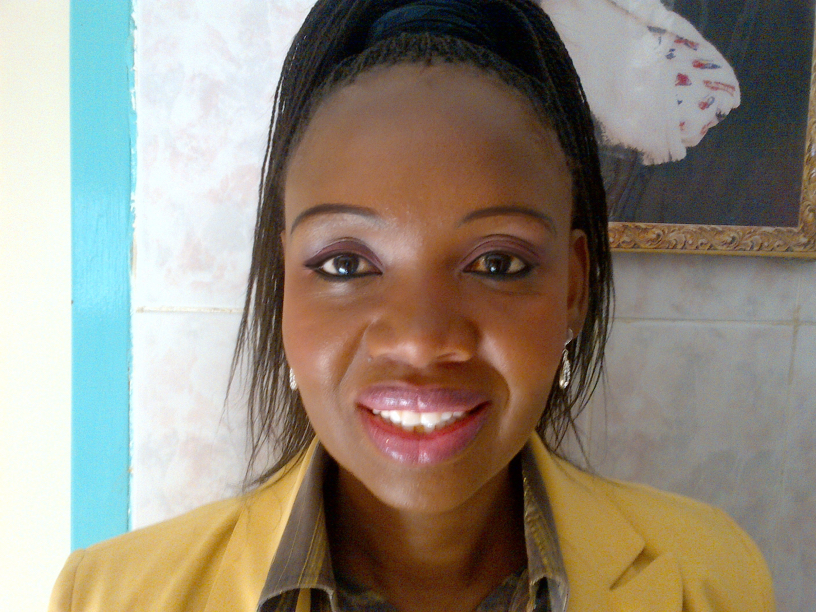 MmapuleMember
MmapuleMemberEach of the HIV/AIDS research networks and their affiliated clinical research sites are required to have community engagement throughout their organization and at all stages of the research process.At the network level,the community is involved in developing research plans,setting research priorities and serving on scientific committees and protocol teams.At the site level,community research partnership help facilitate an exchange of information to ensure that community opinions and suggestions are discussed and addressed by the research team.This also allows for an ongoing exchange of information on all research projects.
-
02/10/2017 at 6:15 pm #6627
 CaleMember
CaleMemberIn terms of community stakeholder engagement, I’d say my organization’s overall goal is ensuring stakeholder input is heard across all of and can benefit all of the NIAID Clinical Trials Networks (ACTG, HPTN, HVTN, MTN, IMPAACT). To facilitate understanding and buy-in, we host an annual face-to-face meeting of our Community Partners group in Washington D.C., where we discuss issues such as community engagement and revise the group’s work plan for the coming year. The face-to-face meeting (from my understanding) usually goes very well, but I think we can work to improve participation on the regular conference calls as they are not always well attended.
-
02/10/2017 at 1:02 pm #6621
 ItohanMember
ItohanMemberEfficient and effective communication between the team members and stakeholders helps in reducing misunderstanding among both parties.
-
02/10/2017 at 12:07 pm #6620
 BensonMember
BensonMemberIts very vital for a mutual understanding between both the team members and the stakeholders and in doing that effective communication, clarity of information is highly need. we as a team also make sure that any new information about the program is communicated to the stakeholders immediately in doing that we are keeping them informed
-
02/10/2017 at 5:56 pm #6625
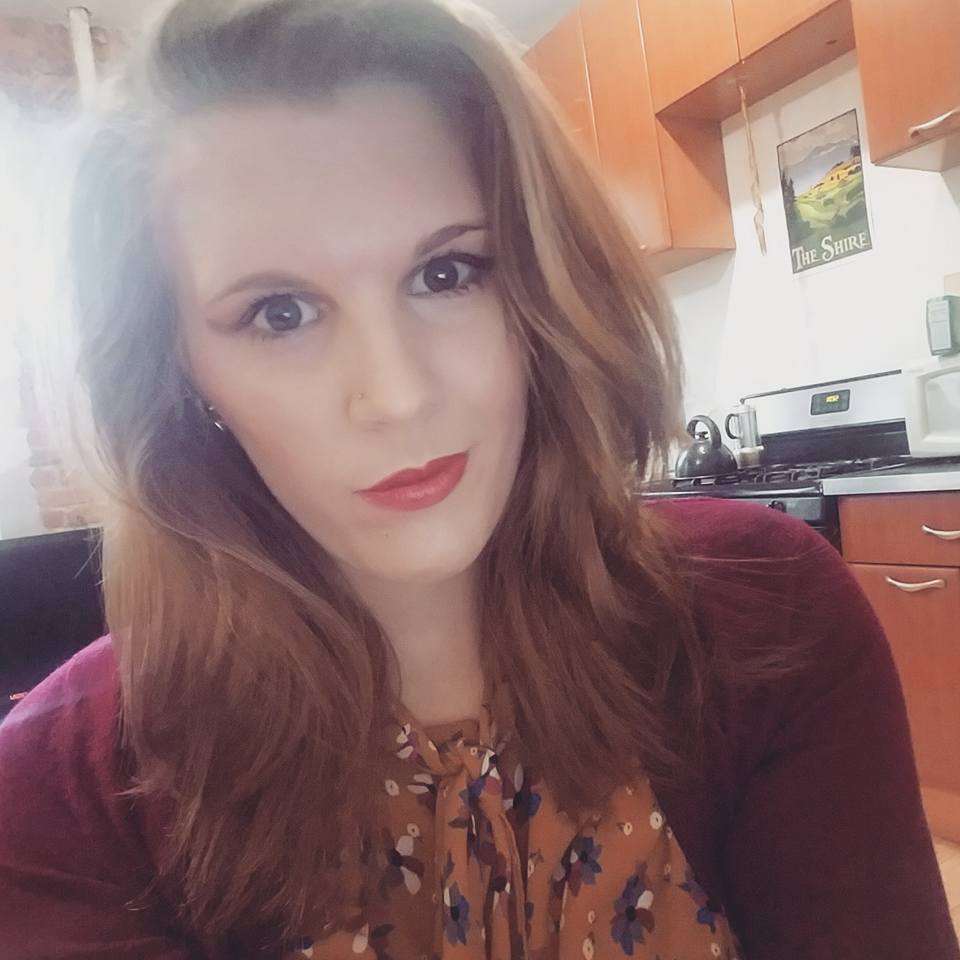 DanaMember
DanaMemberHow do you handle communicate sensitive information to the community? Do you have a strategy in place?
-
02/13/2017 at 4:51 pm #6653
 KelvinMember
KelvinMemberVery often the Principal Investigators know what info is sensitive or not and manage the process accordingly. In addition to this we also require of our CAB members to sign confidentiality agreements and keep this on file. I would think that the main strategy should be to develop long term relationships with CAB members, so that trust can develop. Although it should be trust based on mutual respect.
For example when we discuss a study protocol, we would ensure that only a study protocol is discussed which is actually related or relevant to that area (a study which in all probabability will be conducted in that area), because you do not want the wrong info to get out there in the community. At our site where we have multiple studies running, we have one CAB and regularly have training. Last year we held training in how to read a study protocol, supported by roleplay which was done by our Youth CAB, making use of peer education.
-
-
-
02/10/2017 at 11:47 am #6619
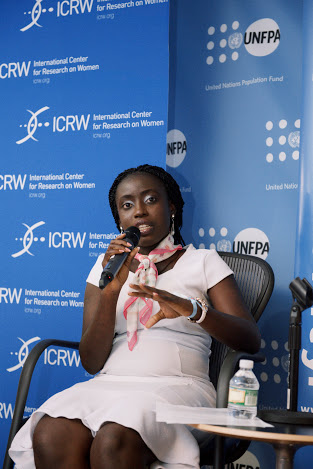 ELIZABETHMember
ELIZABETHMemberEverything balls down to communication between the team and the stakeholders from the very beginning. This would aid mutual understanding and effective execution of the program.
-
02/10/2017 at 12:13 am #6618
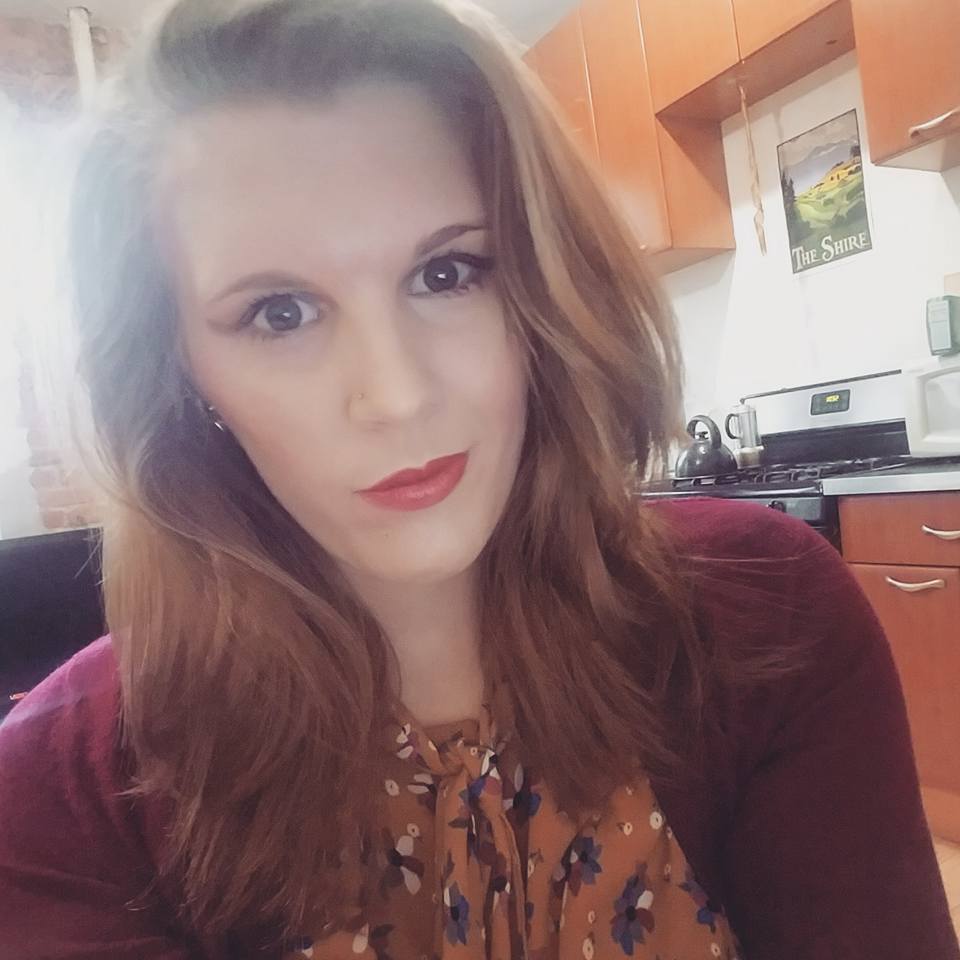 DanaMember
DanaMemberIn my capacity working for a funder, I help coordinate and support our community engagement coordinators on the ground around our clinical trial sites. It is important for us to keep our coordinators informed of any changes or discussions made about the trial so they can inform their communities in a timely fashion so they can dispel rumors or false information around the trial. The creation and dissemination of educational materials on both the disease and research literacy can help coordinators educate and inform their communities. We are open and able to provide support to the coordinators whenever they need. Whether due to timeliness or lack of clarity, I think communication can always be improved.
-
02/09/2017 at 7:24 pm #6615
Alicia
MemberTo ensure the community stakeholders understand the objectives of the trial which will be run in their region, it is imperative to begin those discussions earlier in the development process. For my current trial these discussions did occur, but not in the early development stage of the protocol. In the future I will ensure that these discussions start earlier in order to achieve transparency between the team members and stakeholders, as well as to reduce the amount of future protocol amendments.
-
02/12/2017 at 10:04 pm #6648
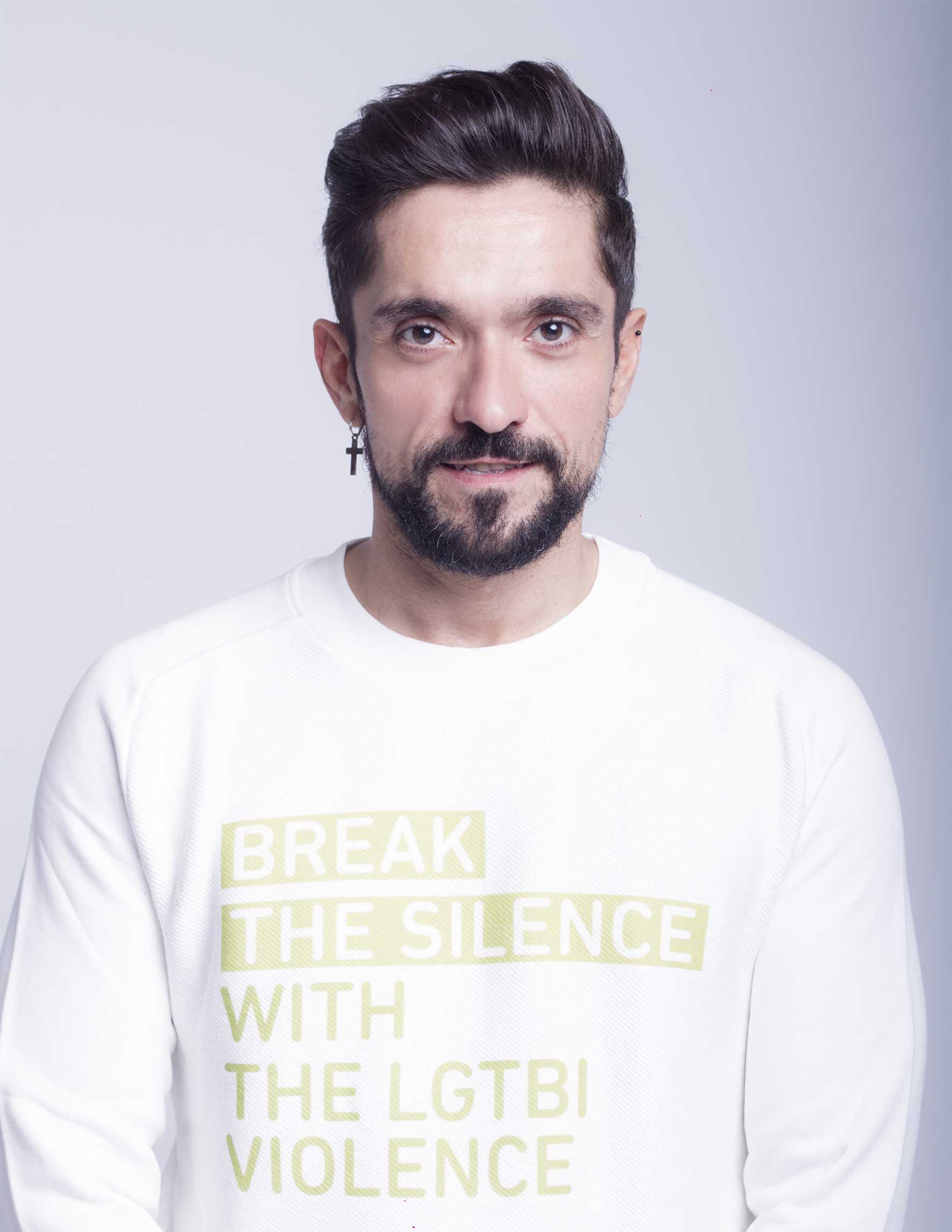 JORGEMember
JORGEMemberI agree about the need to engage community earlier, from the first steps for the protocols’ development.
What I’ve experienced during the last year in our PrEP implementation study cooperating with the Health Minister was that they were considering stakeholders not with enough representation and engagement. We had to create a national community platform and request to participate in the working group already formed and one of the main barriers was the lack of communication among stakeholders and with the own Minister.They were not answering emails, using excuses when they do it as we are so busy, and during the whole process we could not check what other stakeholders were contributing to the final document, so we didn’t have an open discussion. We expressed our concerns to the Minister but we didn’t get any response related.
Our main fear is how to break this big wall, because of the final power and decision is in government’s hands.
I see much more useful to engage us, to work together, consider everyone’s opinions and experience and develop an implementation trial with a accurate action plan and communication, following up with different tools, evaluating the progress and communicating results and celebrating success with the stakeholders, specially community
-
02/10/2017 at 4:17 pm #6624
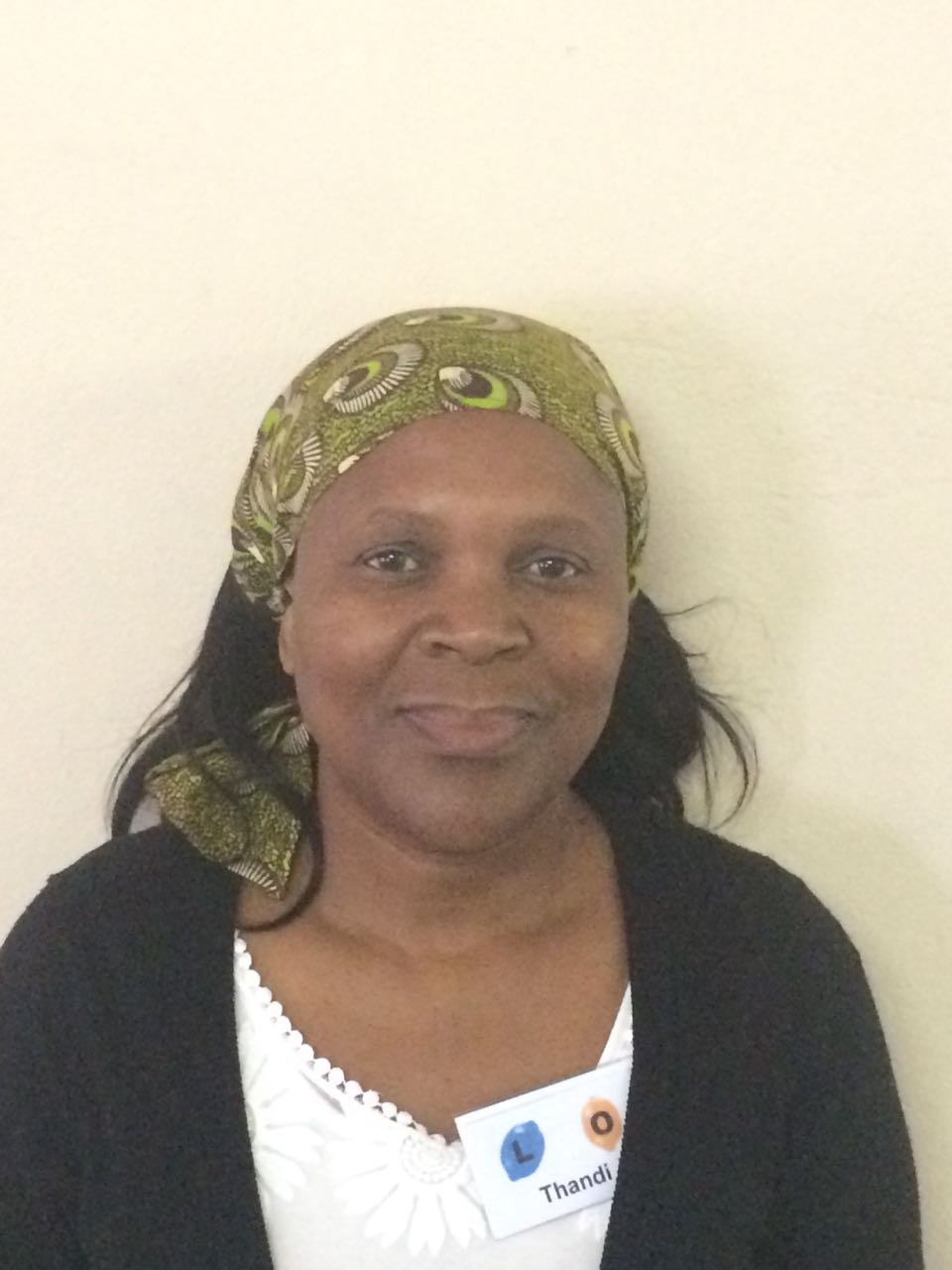 Thandi MarryMember
Thandi MarryMemberMake sure that you had a good communication with your team and update them with new information so that they can be able to pass the right information to the community
-
-
-
AuthorReplies
- The forum ‘GPP Discussion Forum_Jan 2017’ is closed to new topics and replies.


